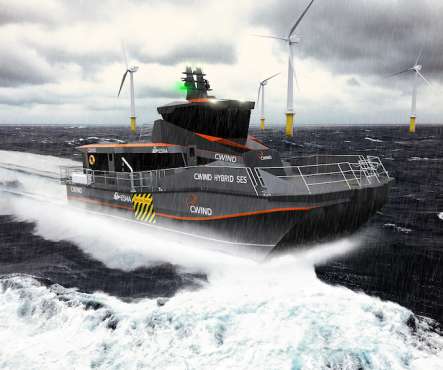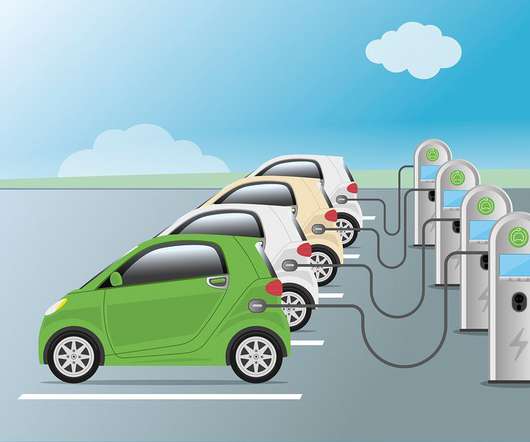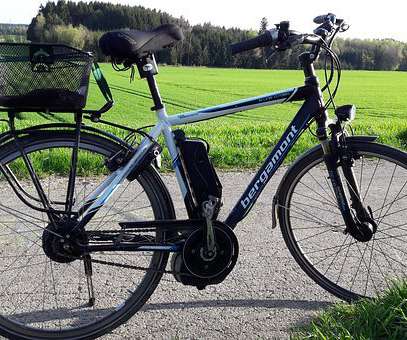CWind launches first hybrid-powered surface effect ship: CWind Pioneer
Green Car Congress
MARCH 1, 2021
The vessel was developed in response to an industry-wide push to develop and deploy innovative technologies that reduce CO 2 emissions, while cost-effectively servicing windfarms located further offshore. kts, the Pioneer is more than 20% more fuel efficient than conventional CTVs running at 24 kts on a mile-for-mile basis.



















Let's personalize your content